
|
| Accept Cookies | Customize | Refuse Cookies |
Wazer www.juzaphoto.com/p/Wazer  |
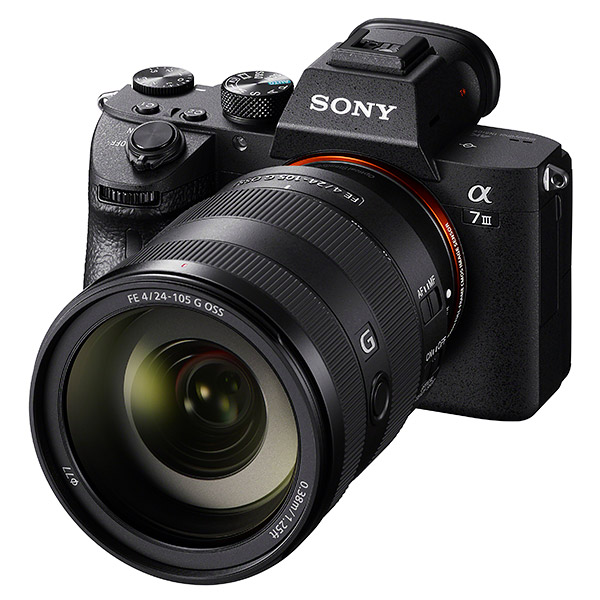 | Sony A7 III Pros: Surely the file with its ready-made and vibrant colors is the best at Sony even today. Battery life, dual board, articulated display, more than decent AF. Cons: Viewfinder, ergonomics* Opinion: I've been using it for 4 years and I've done pretty much everything with it, but mostly landscapes. The file is perfect, the colors are what I have been looking for years without the complications of post-production and additional profiles, Sony has worked a lot about it and has continued on this path up to the A7r4 and then come back, the most recent cameras have in fact the files that in my opinion are flat and off, without contrast and with apparent deficiencies in the visible spectrum. To put it simply, they must always be processed and often the time required is considerable. It depends on your way of conceiving photography, digital has the advantage of pleasing everyone. The autofocus suffers a bit from the weight of the years but not so much, you do practically everything but it is neither the A1 nor the A9 and it is useless to expect top-of-the-range performance. I use it with the Sony 200-600 and with a range of lenses up to the super wide angle 12-24 f2.8 GM and I have never felt the need to have something extra for the kind of photos I take. Like all Sonys, this one hasn't received any significant updates, which I find wrong. Even for a fee, I would have liked the red AF point indicator and not gray, for example. The dual sdxc card slot is really convenient and the battery life is remarkable, it reminds me of the old Nikon D800 D600 and D700 where you could forget the second battery at home but to be safe I carried it anyway. The display is sufficient, without infamy and without praise but it is tiltable and therefore very comfortable. However, the EFV viewfinder is borderline sufficient. Used you can find it for 1000 euros and for this reason I consider it a real best value for money. sent on March 04, 2024 |
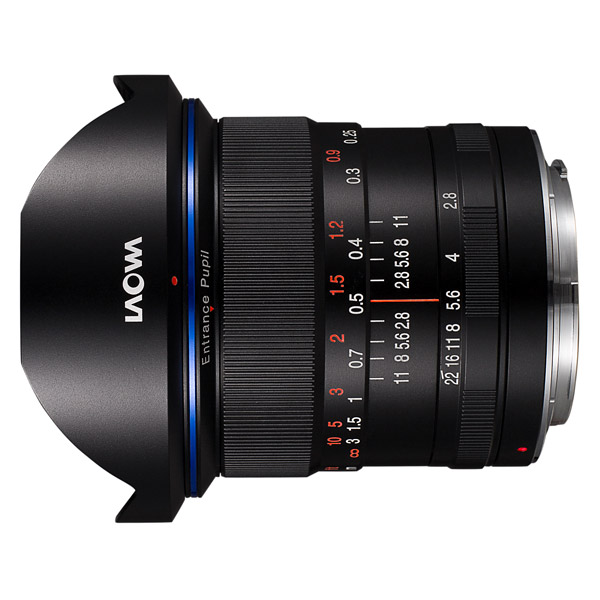 | Venus Laowa 12mm f/2.8 Zero-D Pros: Compactness, little distortion, Plate filters alone 100mm (with holder), f2.8 aperture, very good sharpness in the center. Cons: Flare in backlit, built in metal improved but not yet to competitive levels, discreet coma defect in the corners at full aperture. No confirmation chip. Opinion: unique on the market allows optical unusual compositions and really wide shots of fullframe, being one retro focus optical design produces flare in backlit that the final production version should solve in part. The prototype I tested was comfortable and light to handle and transport, and the overall yield was not disappointed though perfectible at different points but building better than previous optical laowa without reaching the Zeiss quality for example. also used freehand not disappoint thanks to the opening f2.8, but unfortunately this is the confirmation chip. sent on November 04, 2016 |
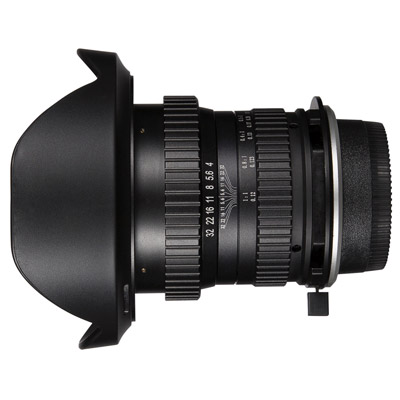 | Venus Laowa 15mm f/4 Macro Pros: 77mm filters, compactness, cost-to-features ratio, 3-year warranty. Cons: Construction only discreet, difficult to use for those who start and/or do not know exactly what they are buying; flare and ghost in certain shooting situations, vignette on fullframe when using the shift "6mm", soft at the edges. Opinion: The optics is unique in its features, it is fun to use it because it allows really unusual compositions. It is made of metal and the diaphragm diaphragms are easy to reach, while the diaphragm does not have the typical bursts of progress, the construction is only discreet and despite being made of metal you can not compare to a zeiss: you have to settle for what it costs. The photos you find in my gallery are just one example of what you get by paying attention only to the ghost and flare when you frame with the sun at the corners of the frame. The use of the classic 77mm filters is priceless so the 14mm samyang has often remained in the backpack. The overall yield is decent/good in the middle of the frame while on the sides the performances drop a lot. The full review can be found here: http://www.wazer.eu/venus-laowa-15mm-f4-macro-tilt/ sent on October 14, 2015 |
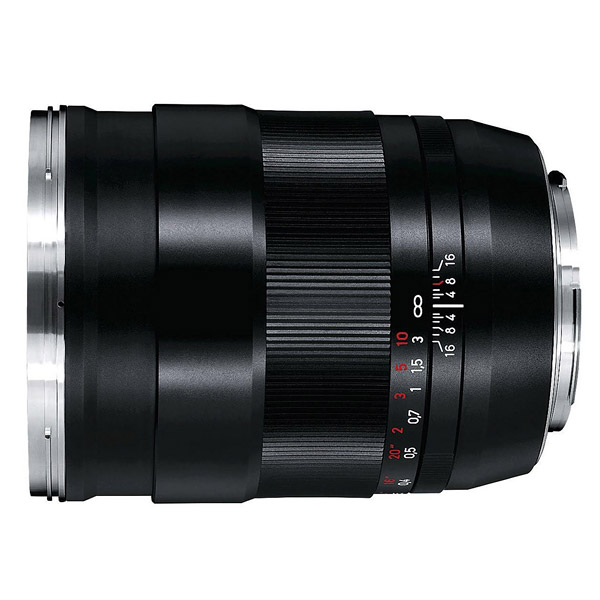 | Zeiss ZE/ZF.2 Distagon T* 35mm f/1.4 Pros: It just does not want to go out to take pictures, the construction is incredibly solid and guarantees unmatched focus fluency, the colors are typical zeiss and excel those nikon. Cons: Challenging focus due to non-complete longitudinal chromatic aberration correction (LOCA) responsible for some kind of focusing of the focusing field, mirrored with focus peaking but at full aperture it forces you to use the live view (it would be better to Zacuto) to have a high number of photos in focus; Alternatively an aftermarket focus screen like the katzeye. Opinion: Once handled, it is difficult to position it and make it want to shoot like no other autofocus optics despite the difficulty of focusing may sometimes be frustrating. Focusing screens of autofocus reflexes worsen a situation already made difficult by the non-correction of Locas. There are several solutions to the problem, but all go against the operating speed by actually orienting the user to "think" photographs. If you need to bring home the job without error, you should use a solid high-fidelity autofocus. It's very clear , Not as the new sigma art, but the yield is overall outstanding. The field curve is very well controlled, showing a slight propensity for the "U" forward, very often confused with loss of edge sharpness (speech that applies to all optics). I find her best in landscapes and movies she thinks, while portraits can make the defects too high;) sent on August 10, 2013 |
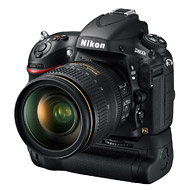 | Nikon D800E Pros: More ergonomic and lightweight d700 (it's better in the hand), viewfinder with 100% coverage, dynamic range, video-controlled motorized iris, sharpness, exposure among the best ever. Cons: 4 fps burst, manopolola f / m cheap looking and looks more fragile than in the past, new batteries, cf + sd cf instead of two, Quite recently managed mode. Demand for more computing power to be able to manage files quickly and requires very high resolution computer monitor. Opinion: I'm testanto this new incarnation of the award-winning d700 f100 that retirement after years of honorable success, despite the numbers say the opposite the D800E fits perfectly in my hands, much more than the previous year, thanks largely to a work up by the designer ( giugiaro) and finally meeting a feeling that I had lost years ago by buying the d700. It 'lighter and Mirno 100% can not make me happy as well as cropping 5:4 and the adoption of the dual card (finally), although I would have preferred a double CF. The performance dell'autofucs are good, compared to the d700 engages with greater speed on the subject even in low light but you have to make it a habit to the new operating logic and the layout of the buttons autofocus-manual focus, which has a lever selection looks very cheap and seems more delicate than the previous year, plus appeared a button that allows you to cambaire af af-s d-c and select the points used dall'autofocus (1-9-21-51) through the two rings and a Once you've made the'Habit you fail to appreciate. Resolution to top it shares with the d800 smooth but sharper, thanks to the elimination of the anti-aliasing filter. The batteries are newly developed and improved, but forces you to rebuild the entire park accumulators, also the adoption of the new sd, mature technology now, but that requires the use of performance models on the market and while it is nice to be able to download the photos directly on the laptop (for those with integrated reader sd) compel the other to have two standards, although it must be said that with 36 MPX old cards 4 and 8 GB are quite small and must necessarily be acquired more capacious and expensive. To conclude I really appreciate the operator of the diaphragm that allows you to edit both live view during video recording, a boon to understand where it falls the depth of field and for those who use manual lenses, even if we are not at the levels of the focus peaking. The mode I find it quite short and simply could not do what one would expect. In a complex machinena unprecedented and still undefeated. sent on August 10, 2013 |
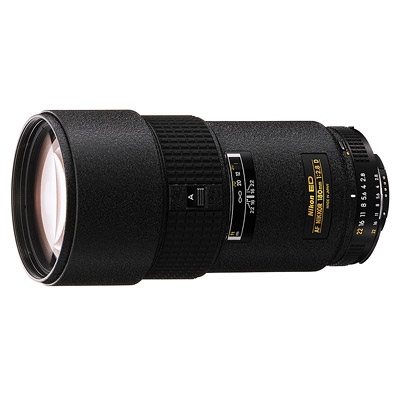 | Nikon AF 180mm f/2.8 D ED IF Pros: Price / quality ratio can not be beat (used 400 EUO) bokeh very very good, excellent definition, tonal passages very pleasant, light, pastel rendering Old Style Cons: The autofocus is sufficient to cover the normal use but does not reach the excellence of the latest Nikon products, it is therefore suitable for objects very fast. Suffers from purple Fringing Opinion: This lens has an overall yield excellent returns a detail very defined with a statement made by the old style made the transition tonal leaves almost touched the micro-and does not deceive as do some new goals to nanocrystals (but not all). RnrnE 'very light and easy to handle and is already very sharp wide open with a blurred (bokeh) gradevole.rnUn very true champion who has the absurd in the real focal limit, being often relegated to the role of supporting actor. rnrnPosso say with certainty that the quality of the images returned easily beats my other lenses: Nikkor 24-70 f2.8 0.16 to 35, 60 micro .120 to 400 and sigma 80-200 AFS (which if played) also If you suffer from chromatic aberration especially in the frequency of purple (purple fringing) sent on December 27, 2012 |
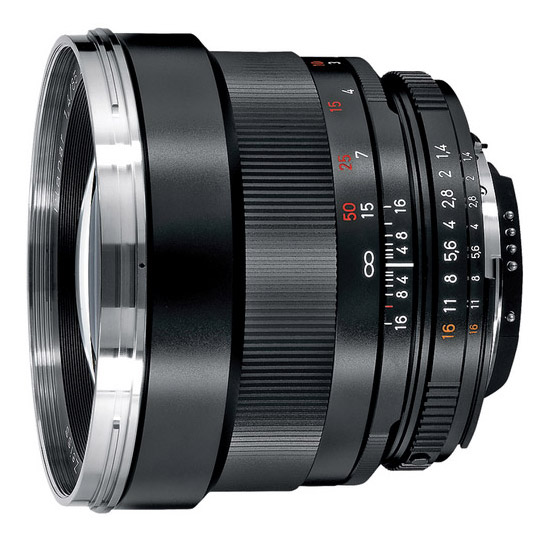 | Zeiss ZE/ZF.2 Planar T* 85mm f/1.4 Pros: Colors, three-dimensionality and plasticity, fantastic and precise focus ring, general solidity, excellent design. It is a pleasure for the eyes to see him attached to his reflex. Cons: Difficult to focus with large openings, even in full frame cameras the focus slide is not designed for the manual and the green confirmation ball is not as precise as you would expect. You can try it by changing the focus screen (reflex permitting) for example with a Katz eye, but it will never be like having an analog reflex designed for manual focus and the risk of miss focus at full opening is very strong, especially in portraits. It requires a lot of practice and dedication. Opinion: It is a lens that makes you want to go out and photograph, it is nice to handle and see, the results it produces are moving in colors (it has a shift of its own) and in general yield but the nikon 85 1.4 D is more "incisive" and far from outclassed by this zeiss. It is "portrait optics" and absurdly the difficulty of focusing makes it a little less attractive to use at TA, but not too much and after so much practice and several out of focus you get the eye. Sold to fund the most versatile 24-70. sent on September 25, 2012 |
 JuzaPhoto contains affiliate links from Amazon and Ebay and JuzaPhoto earn a commission in case of purchase through affiliate links.
JuzaPhoto contains affiliate links from Amazon and Ebay and JuzaPhoto earn a commission in case of purchase through affiliate links.May Beauty Be Everywhere Around Me